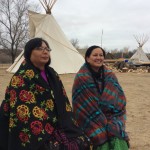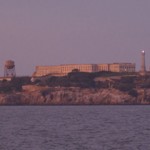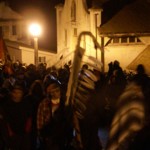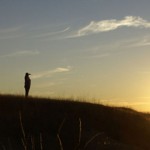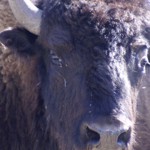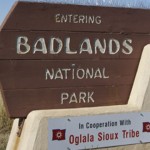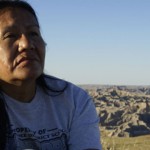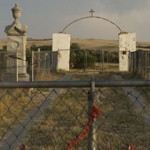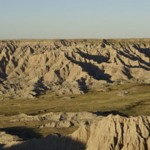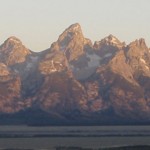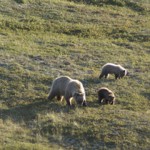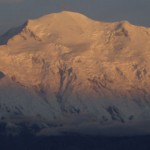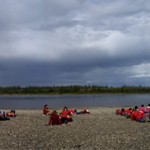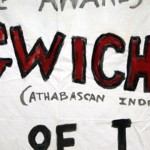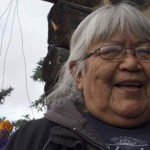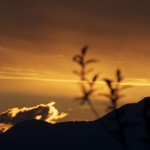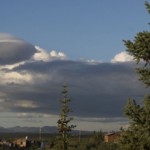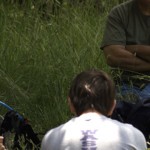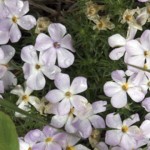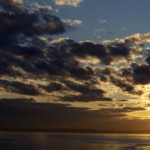Denali National Park: Self-reflection #2 – New perspectives
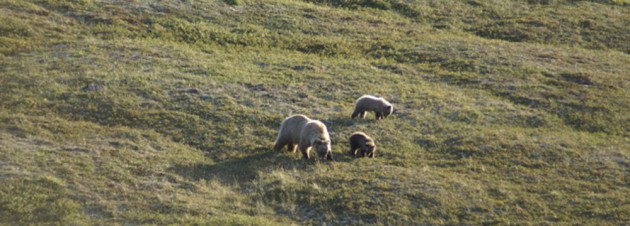
I still remember clearly when I first learned about national parks of the United States. I was 17. My parents showed us a BBC TV show on “Winter in the Yellowstone National Park.” In the show, I saw the buffalos covered with snow and icicles, and moving in the park as some died along the way. I was fascinated with the idea of honoring the wildlife the way they are.
But…. what about honoring the indigenous people in our parks?
I have a new perspective to ask this question after spending a month exclusively with native nations: the Lower Elwha Klallam tribe in Washington and Gwich’in nation in Alaska. With Gwich’in women, I breathed the air of the tundra, drank the Glacier River water, ate the caribou meat, slept under the midnight sun and became a part of many conversations. I asked questions. Sometimes women answered the questions but many times, I was told to just observe and listen. In this process, I started to understand a life of Gwich’in with all of my senses. When I left, I didn’t know what changes have happened to me, not until I walked into the other world.
Denali National Park was the first place I visited after spending a time with Gwich’in people. When I walked into the Denali’s visitor center, I immediately noticed some changes in me. I first looked for Native American visitors as if I were expecting to see a familiar face of my friend. I looked for rangers who are Native Americans. No luck. But I saw a display of Athabaskan native people. I was immediately drawn to the exhibit as if I were a magnet to it. I read the information. I listened to the audio stories. When I saw how Athabaskans were honored and included both in the present and the past of the park, I felt comforted. I knew it can be better but at least, Athabaskan people were there to represent a today’s face of Denali National Park. I walked away feeling somewhat welcomed to the park. At that moment, I realized that I started seeing the world through a Native Americans’ lens. I had some awareness of the land issue between the parks and natives in the past. But now I know that I wasn’t even close to examine the issue by wearing a lens of a Native American woman.
The Denali’s visitor center is an example of how the National Park Service started to recognize today’s native tribes of America. Things are getting better for some nations in the parks. For example, in 2011, a removal of two dams on the Elwha River in Olympic National Park will begin. The largest dam removal in US history will not only free the river but also gives an opportunity for the Lower Elwha Klallam Tribe to renew their culture. For the first time in 100 years, Jamie and her tribe will regain access to their sacred sites and salmon. It will help the tribe to practice their way of life and the cultural traditions. It is a great news. But had we known the dams would destroy Lower Elwha Klallam Tribe, and if we had a wisdom to honor their way of life, we could have made a choice to not to build dams at the first place. So, my question is, “How can we respect Native Americans’ way of life in our parks today?”
Protecting the calving ground of the Porcupine Caribou Herd in the Arctic National Wildlife Refuge from oil development seems to be a testimony for our nation to prove that we truly celebrate diversity and embrace our native people’s birthright. With this new perspective, it is not just about protecting the land and the caribou. It is about protecting indigenous people: my mothers, fathers, brothers and sisters who have made an agreement with the caribou to be their protectors in the creation story. As Sarah James said, if we allow the development in the area, we will repeat the same history the way of the buffalos and the tribes had to face in the West. We as Americans can not repeat the massacre of buffalo, which led to a genocide of the buffalo nations.
What is going on with the buffalo nations today? Without the buffalos, where did they go and how do they live? Are we at a place to honor their connection to the buffalo and the land now we call national parks? I don’t know.
But I believe that there has to be Native American women who have been protecting the last remaining wild buffalos and restoring their connection to the land and animals. If not many, there has to be at least one.
Where can I find her?
